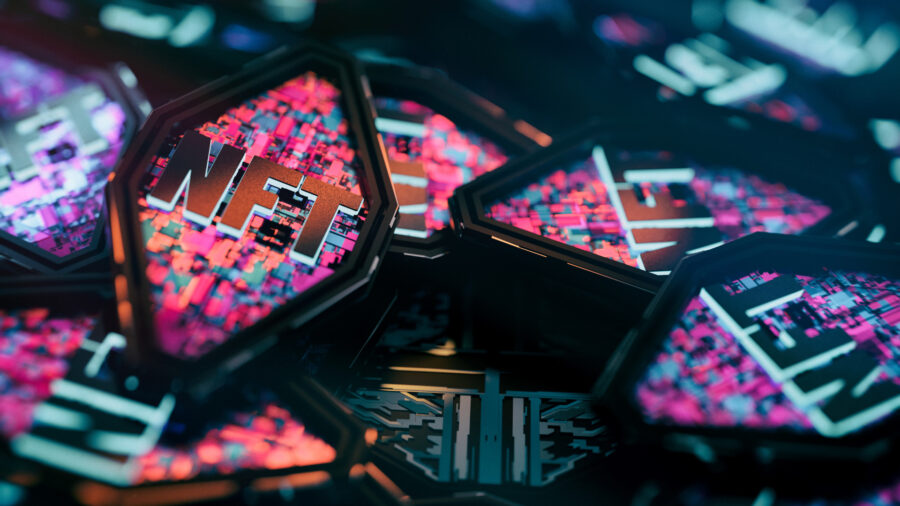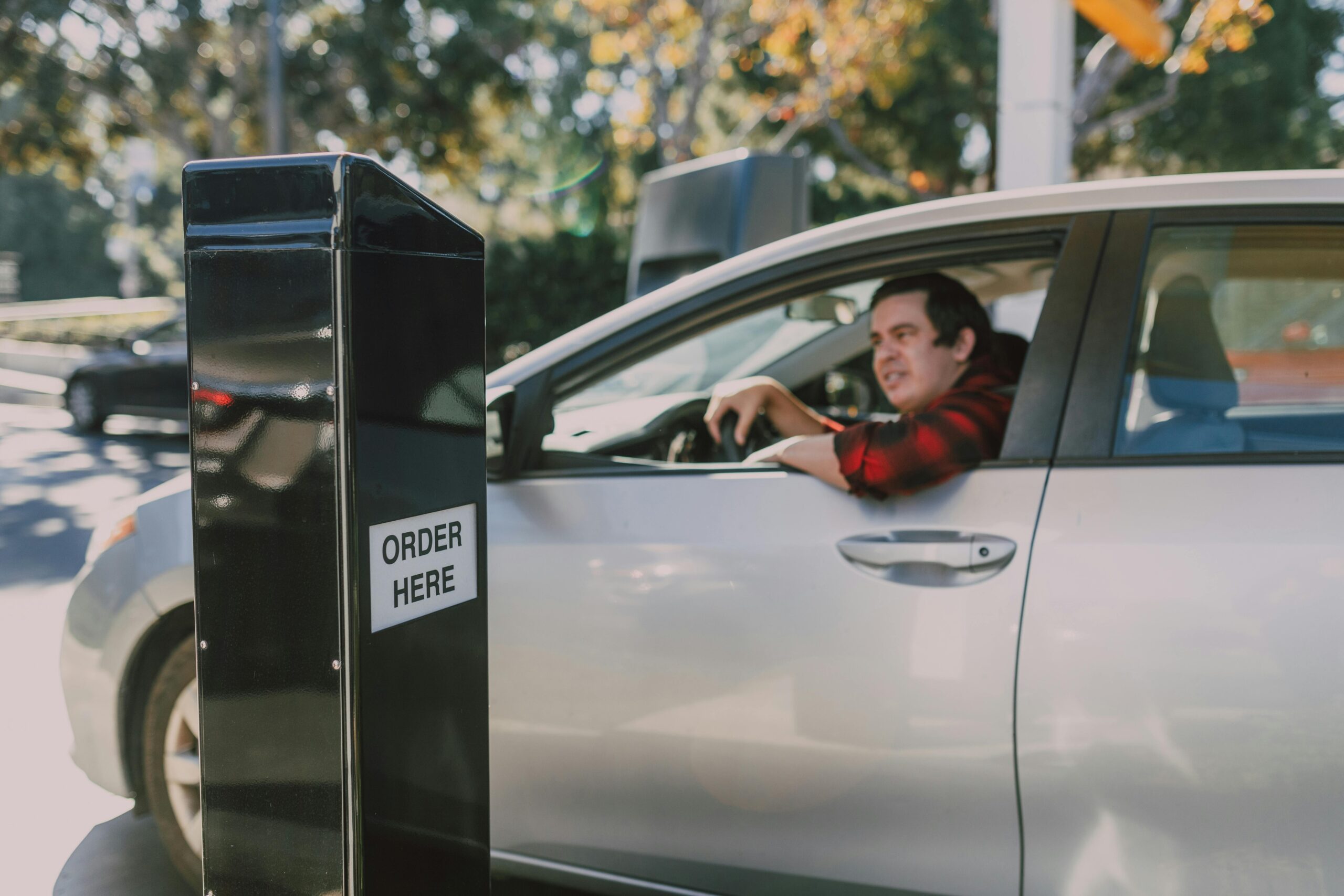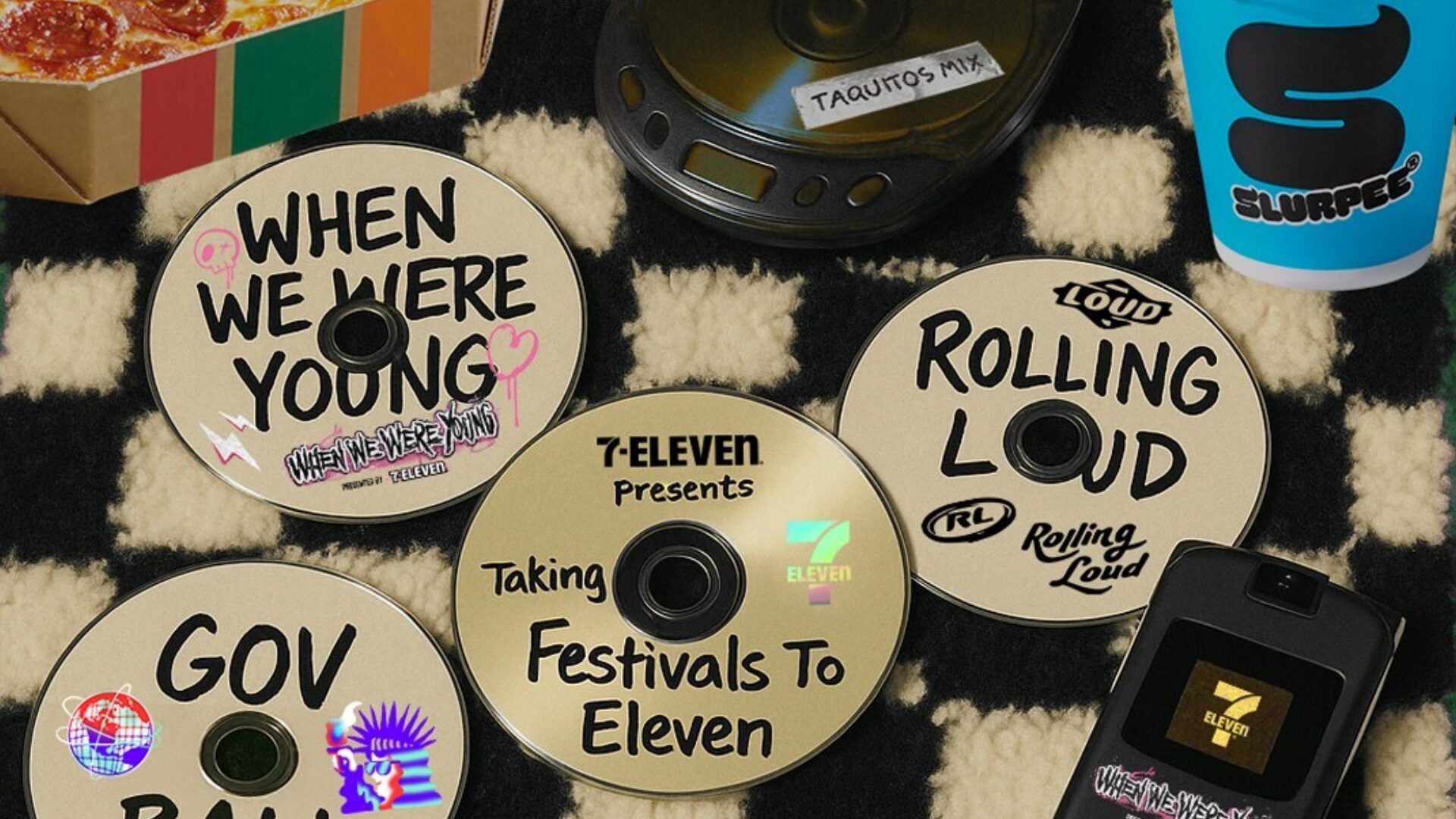The heck is an NFT?
Their precursors in the ‘90s were called pogs – often cheap and of limited variety for the average consumer, easily tradable and without much long-term staying power. Non-fungible tokens (NFTs) are nothing of the sort, and they’re big business – a recent report by Research and Markets pegs the NFT market to exceed $2 billion by 2032. But what are they?
Simply put, an NFT is a singular digital asset that cannot be interchanged with others (unlike coins, or trading cards). Digital assets such as photos, memes, and more are transmogrified into NFTs by a process called minting, which uses smart contracts via blockchain to verify and authenticate the singular nature of the asset – not unlike a certificate of authenticity – meaning they cannot be easily tampered with nor replicated.
When someone acquires an NFT, it is fundamentally and singularly theirs to own, recorded in the blockchain, and only transferable through secure peer-to-peer applications.
Earlier this year, Pizza Hut Canada introduced “1 Byte Favorites,” NFTs of popular pizza slices such as Hawaiian, Margherita, and Pepperoni, to promote their pan pizza. Papa John’s introduced “Hot Bags,” NFTs that featured a sequence of handbag designs to publicize its new line of business – Papa John’s X Cheddar, a particular line of John’s-brand merchandise.
When Taco Bell created a line of 25 NFTs, they sold out in less than an hour.
But NFTs have more functional utility than supporting a favorite brand via chic digital and real-world ownership. Blockchain technology and the increasing demand for absolute transparency is driving the food and beverage business to new heights and represents a significant opportunity for businesses and investors to conjure bold new ways of monetizing their products and services and tapping into the growing tide of consumers who demand to know where their products are and what, exactly, they’re comprised of.
Companies like McDonald’s, Burger King, Pizza Hut, and more are dabbling in more profound and serious investments in the world of NFTs.
Incorporating NFTs into Supply Chain
What makes NFTs a viable business venture are the myriad ways and media in which they can be used. They can function as rewards for gamification of mobile-based loyalty programs, for example, or even be nabbed out of the thin virtual air in virtual reality applications. They can help drive promotions and advertising.
Owners can mint NFTs for any digital asset, from family recipes to bespoke virtual cooking lessons, limited-edition items, or one-off culinary art to impress friends and clients. And they can provide transparency and traceability as both consumers and industry stakeholders grow increasingly concerned about the origin, distribution, safety, and quality of their food.
“As a seasoned food retailer, maintaining a comprehensive understanding of your inventory is paramount,” said Michel Caspers, CMO of Unity Network, to The Food Institute.
“The labor-intensive task of manually documenting incoming and outgoing items can be time-consuming. While software applications can assist, they often lack real-time updates and human errors can result in either missing or excessive supplies.”
NFTs and blockchain, however, can mitigate this by ensuring accurate and verifiable inventory management. Food and beverage companies often have hundreds of thousands of units, “and blockchain’s inherent trustworthiness enables precise tracking of every step in the scanning, receiving, and delivering process,” Caspers added. “When dealing with large quantities of goods, NFT labels guarantee that all parties involved can meticulously follow the order.”
More than half of the Fortune 100 have pursued crypto, blockchain, or web3 initiatives since the start of 2020 according to The Block.
“Our research found that NFTs are creating a new avenue for monetization of brand loyalty for retail and consumer packaged goods (CPG) companies,” said Carlos Guzman, research director at The Block, to The Food Institute. “The list of top food and beverage brands with Web3 initiatives include Coca-Cola, Budweiser, Pepsi, and Starbucks, among others. Initiatives include incorporating NFTs into brand loyalty programs and early-stage proof-of-concepts involving blockchain for supply chain management tracking and quality assurance. According to our research, Budweiser, Coca Cola, and Pepsi accumulated as much as $10.1 million from NFT collections to-date.”
NFTs & the In-Store Consumer
On the consumer side, “Think of blockchain as a digital ledger where every detail of the food’s life is logged – a bit like a journal but without the dramatic teenage angst,” said Emil Åkesson, Founding Partner and Chairman at CLC & Partners, to The Food Institute.
“Once a detail’s penned down, it’s there for eternity. Immutably transparent.”
Åkesson says the effect of NFTs in grocery and retail is twofold; each item on a digital ledger could conceivably function as its own NFT, “a digital twin of sorts,” representing that specific item. From a crate of vegetables to a tin of canned tuna, each gets its own unique digital signature. He continued:
“The benefits [of NFTs] are aplenty. Imagine a health inspector trying to trace a food poisoning outbreak. Instead of rummaging through paperwork, they’d have everything at their fingertips … tamper-proof.”
And when consumers are faced with a choice of similar items at different price points, NFTs and blockchain may offer the answers they need by scanning the item and opening up the brand-provided digital ledger, from farm to retail to fork.
“It’s about transforming how we perceive value and make informed choices,” he concluded, “ensuring our meals come with a side of knowledge and a dollop of trust.”
The Food Institute Podcast
Everyone in the food industry wants to crack the code on Gen Z, but what are the reasons behind the generation’s food purchases? Alpha-Diver president Hunter Thurman joined The Food Institute Podcast to discuss some surprising findings from the Gen Z edition of the Snack 50 report and some of the psychological components that pushes Gen Z towards certain products and brands.












